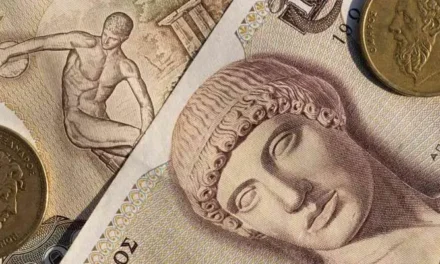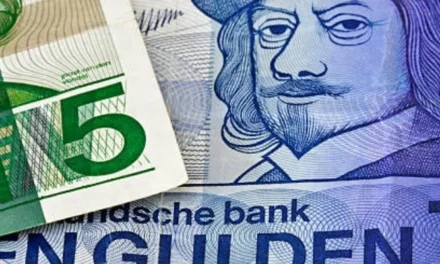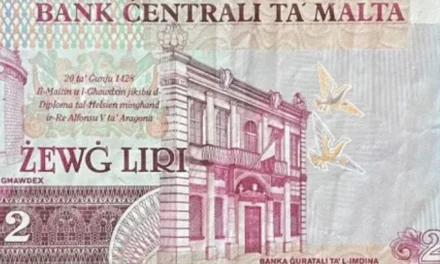Today, I want to talk to you about the Irish Pound, also known as Punt. For many years, before Ireland adopted the Euro, the Irish Pound was used as the official currency. It played an important role in the country’s economy and history. Keep reading!
Irish Pound banknotes designs
Throughout its history, the Irish Pound was available in both paper banknotes and coins. The banknotes featured famous Irish figures like James Joyce, Charles Stewart Parnell, and Daniel O’Connell.
The Irish Pound had four different series of banknotes throughout its lifetime.
- The first series featured Irish animals like horses, cows, and salmon.
- The second series featured famous Irish figures such as Jonathan Swift, William Butler Yeats, and James Joyce.
- The third series had images of Irish buildings and landmarks like the Cliffs of Moher and the General Post Office.
- Finally, the fourth and final series featured images of Irish cultural figures like Douglas Hyde, Daniel O’Connell, and Charles Stewart Parnell.
Below are images of Ireland’s banknotes before the euro:
- Series A (1928-77)
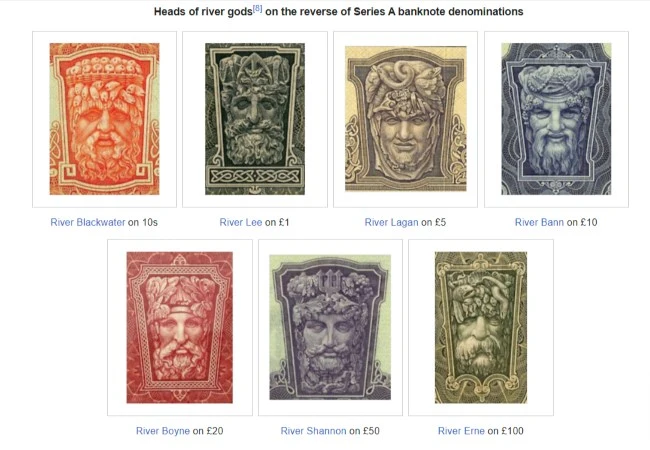
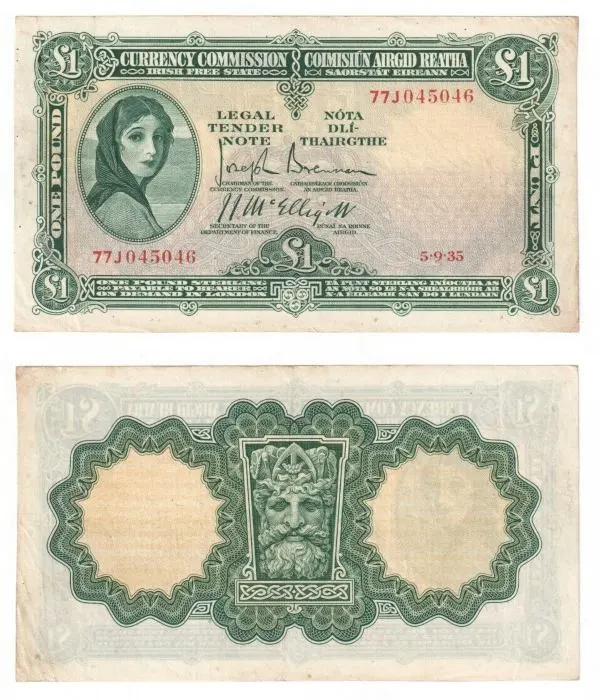
- Ploughman series
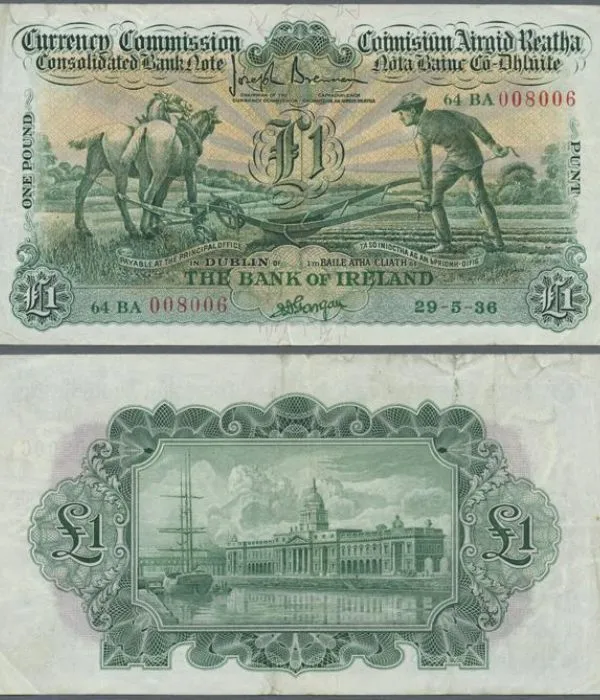
- Series B notes (1976-93)

- Series C (1992-2001)
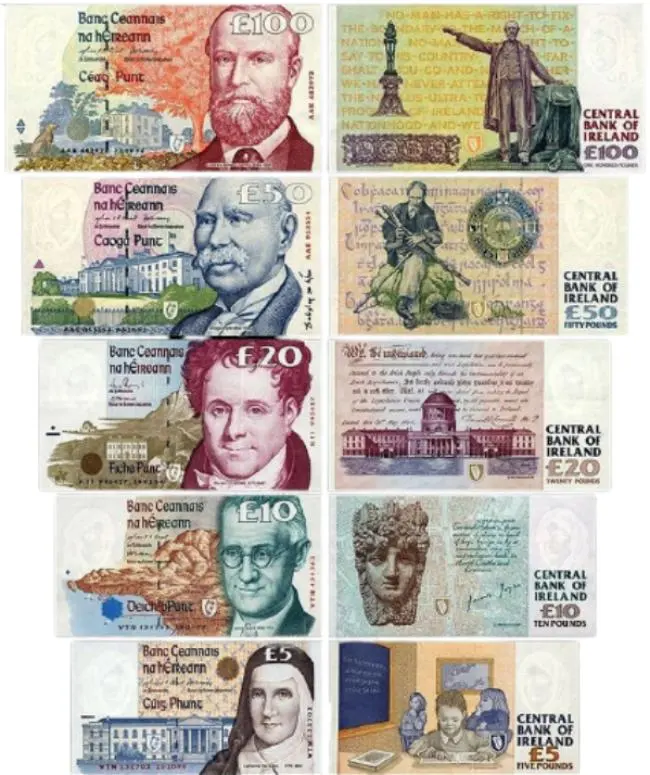
Irish Pound coins designs
The coins were also unique, with designs featuring Irish animals such as the hare, salmon, and horse. Here are some examples:
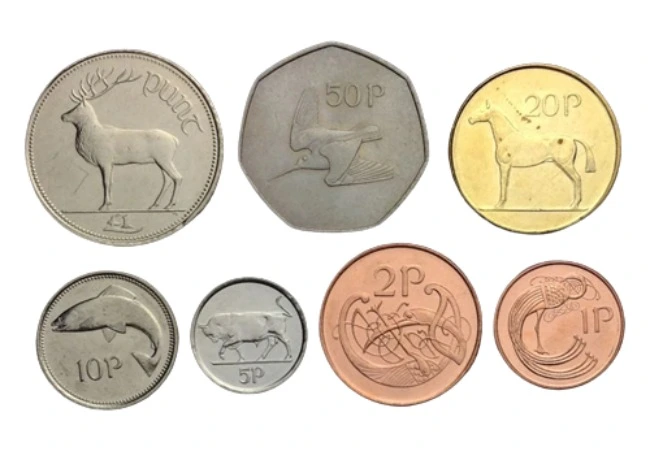
A brief history of the Irish money before Euro
Before the Irish Pound, the money used in Ireland was the British Pound. But, when the Irish Free State was established in 1922, a new currency was needed. The first Irish Pound banknotes were issued in 1928, and the exchange rate was set at 1 Irish Pound to 1 British Pound.
This parity continued until 1979, when the Irish government decided to float the Irish Pound on foreign exchange markets. Then, in 1990, the Irish Pound was revalued to bring it in line with other European currencies. This meant that 1 Irish Pound was worth 1.25 British Pounds.
Even though the Irish Pound is no longer used as legal tender, it still holds an important place in Irish history and culture. Many collectors still seek out Irish Pound banknotes and coins as a way of preserving this fascinating piece of Ireland’s past.
In conclusion, the Irish Pound was an essential part of Ireland’s history and identity, even though it has been replaced by the Euro. Its unique banknotes and coins still hold a special place in the hearts of many collectors and those interested in Irish culture.


